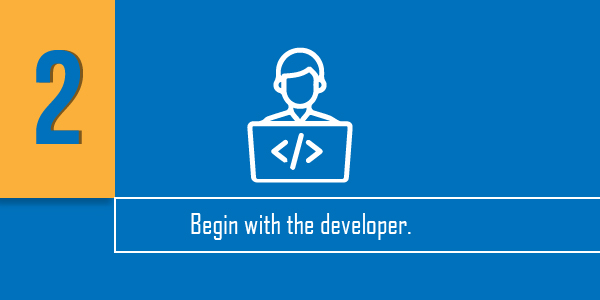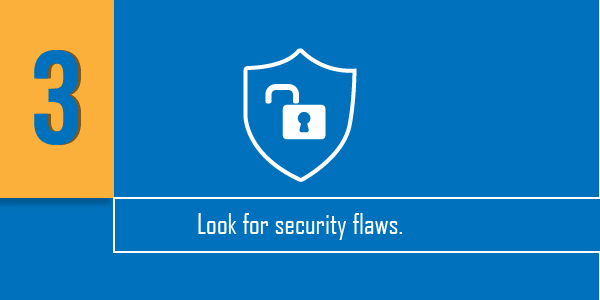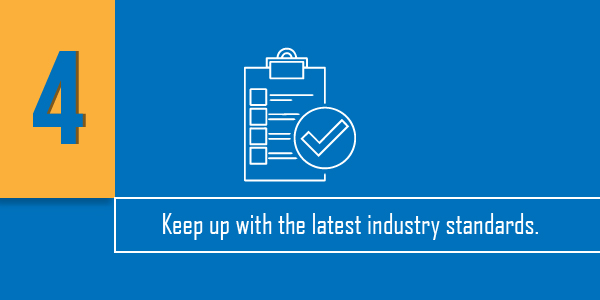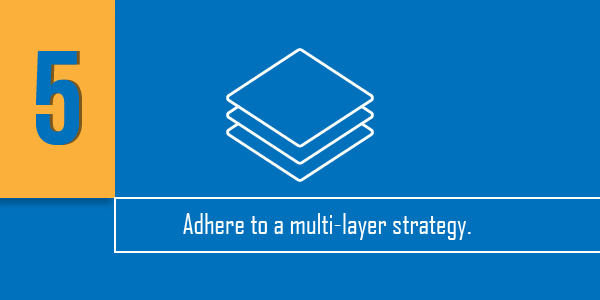1. Create a container for your application.
The most significant initial step in securing your application or software is to put it inside a container. When your application lives in a container, it inherits its native security features and default configurations, giving it a more robust security posture.

A container acts as a protective wrapper around your application, isolating it from other containers and the host computer system. This isolation protects your software against infections and malicious use. In containers, security policies and seccomp security profiles are used by default to segregate application processes from the host and operating system. The default container secures the environment in which your program runs.
Containers also act as gatekeepers for your software. To prevent unwanted access by humans or other resources, containers use granular role-based access controls and read-only environments. In addition, containers follow the principle of least privilege, an essential component of the zero-trust security architecture that underpins cybersecurity. As a result, the attack surface area of your application is drastically reduced when it lives inside a container.
2. Begin with the developer.
Because your program starts with the developer, it’s only natural that application security should begin there as well. In the background, container platforms provide seamless protection.

As your developers check code into source code management, a container platform like Docker Enterprise delivers a container engine and the integrated security features needed to sign and certify container images that house your applications. Cryptographic digital signatures verify container provenance and validity, ensuring that the application has not been tampered with or infected.
Security features built into the container platform seamlessly integrate your developers’ efforts without disrupting their workflow. This improves the security of your development process and application without sacrificing speed or efficiency.
3. Look for security flaws.
The best method to keep programs safe is to use an automated procedure that checks them at every stage of their development. For example, Docker’s container platform analyses your container for vulnerabilities by comparing the versions of your programming resources to vulnerability database information.

Vulnerability scans give you, even more visibility and insight into the security status of your applications as they progress from development to production. Additionally, after photos have been scanned and cleaned, you may move suitable containers to the next stage of development and eventually into production swiftly and efficiently.
This automatic procedure ensures that vulnerabilities are discovered early in the process and that new vulnerabilities are patched as they develop. In addition, container platforms provide quick and secure patching, preventing security vulnerabilities.
4. Keep up with the latest industry standards.
Standards organisations like the National Institute of Standards and Technology (NIST) provide standards that help firms solve their security concerns and industry laws while maintaining strong security practices. These guidelines will show you how to spot inconsistencies between these guidelines and the security state of your applications.

A containerization plan will assist you in closing such holes, allowing you to pass security audits and avoid fines and penalties. You can implement standards more efficiently because you have a standard container format that leverages all of your controls on your applications. Maintaining your application in a container that fulfils a wide range of recognized security requirements, such as NIST 800-53, can help you save money on compliance enforcement.
5. Adhere to a multi-layer strategy.
Many excellent container ecosystem partners provide third-party plugins and connectors that provide additional security levels, features, and capabilities. These ecosystem connections can help you comply with existing security rules by extending various security controls to applications.

For example, you could use integration to enforce runtime security policies to prevent unusual container behaviour, enable container firewalling to protect against container-to-container attacks, or verify container image validity to ensure compliance with company best practices. Each Docker security vendor can provide a strategic layer of defence to thwart the next malicious attack.





